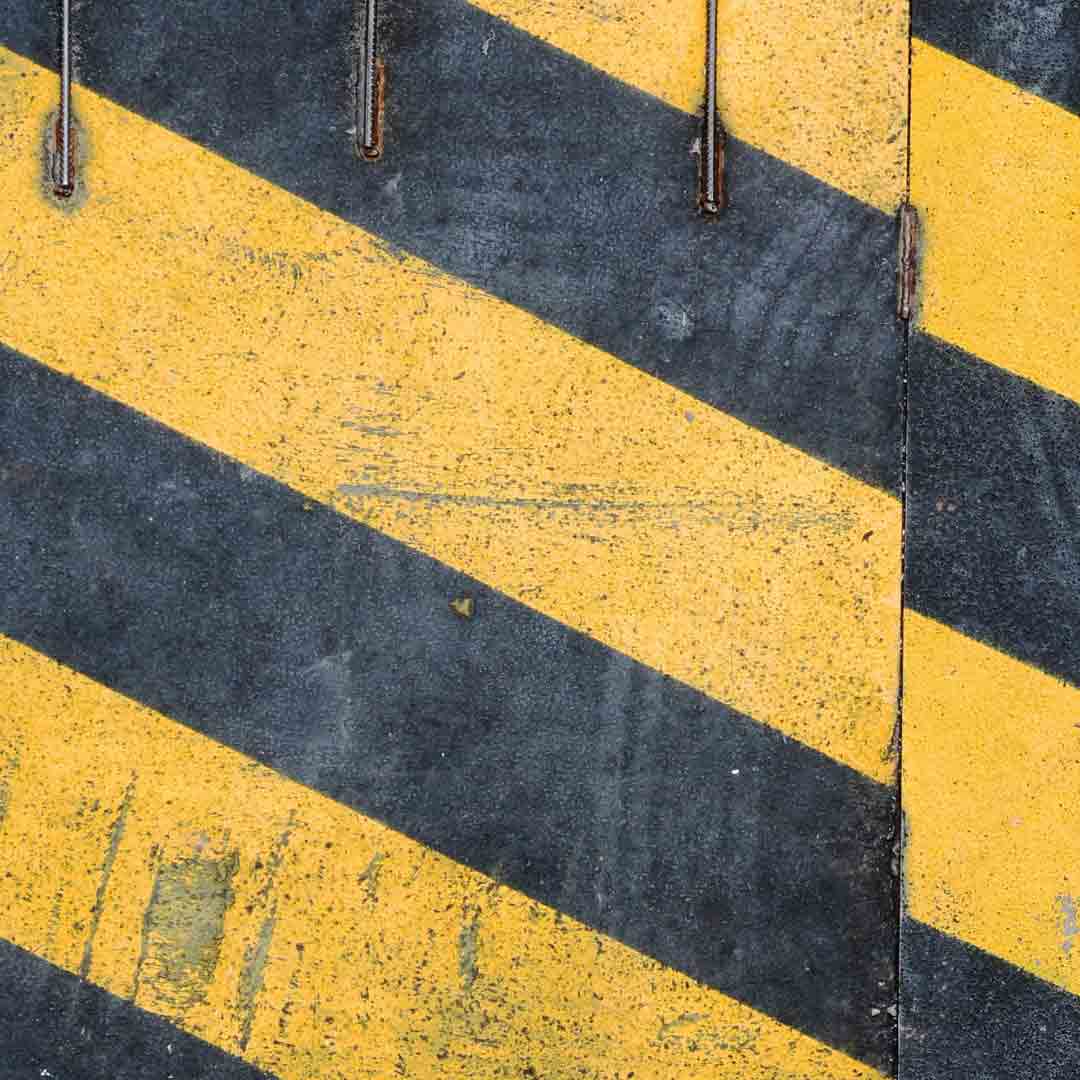 It happened again yesterday: a worker was killed on the job. Three times yesterday, actually, if statistics hold out. A whole bunch more were seriously injured.
It happened again yesterday: a worker was killed on the job. Three times yesterday, actually, if statistics hold out. A whole bunch more were seriously injured.
Some hazards are hard to anticipate. They may be new, complicated and costly to control. But so many – SO MANY – are the same hazards and the same simple solutions over and over again. I notice it often when I’m writing articles, or working with a family member on his or her story – the story is unique, but the hazard often is not:
- Both Tommy and Leo might have been saved by a circle check or spotter behind a truck.
- John, Justin and David may not have died if there’d been a barrier around a hole.
- Lisa might not be living in pain if equipment had been repaired.
- Jahryn might still be here if the conveyor had been guarded.
We’re not safety experts at Threads of Life (although lots of us have worked and/or studied in the health and safety field). But when a tragedy happens, our family members take an immersion course in investigations, court cases and inquests. If you spend much time looking at inquest results, as many Threads of Life staff and family members have, you see patterns repeated. Inquest jury members have a very difficult job. They’re not experts either, and I can only imagine how hard it is to spend days listening to the facts around someone’s traumatic death, and come up with solutions. It must be a frustrating job too, sitting on an inquest jury. Because for all the good intentions you may bring to the task, it’s unlikely that you’ll uncover some new process, equipment or innovation that could have prevented the fatality. Over and over, juries recommend more training, more communication, more hazard alerts. Why? Because, for the most part, we already know how to prevent this stuff. We’re just not doing it.
Family members who’ve experienced a work-related fatality, life-altering injury or occupational disease are tuned in to health and safety in general, and their industry sector and hazard in particular. What could be worse than turning on the news one evening to see that the very thing that injured you or your loved one, has just happened to another worker?
Many companies, after a tragedy happens at their site, put safe practices in place in a sincere effort to improve safety – as well they should. If only every company and worker could understand the terrible grief and upheaval caused by a fatality or serious injury at work, without having to experience it on their own site!
There are also many employers who are working hard to ensure their workplaces are safe and healthy for their employees simply because that’s the right thing to do; who see the value of a strong safety culture and who share the passion our Threads of Life families have to prevent future tragedies. If only every employer, and every worker too, could start with just the simple things that we already know can prevent tragedies – the guards, shut-offs, restraints, repairs, circle checks. It would be a big step forward in applying our foresight.
- The State of Safety in Canada, 2024 - May 23, 2024
- Yes, you are making a difference. Thank you so much. - May 16, 2024
- Meet one of the families you’ll help through Steps for Life - February 1, 2024

 Find Support
Find Support Donate
Donate